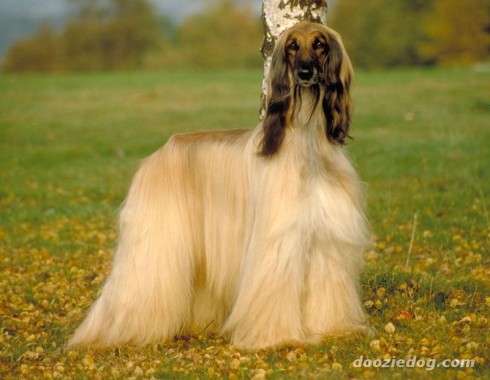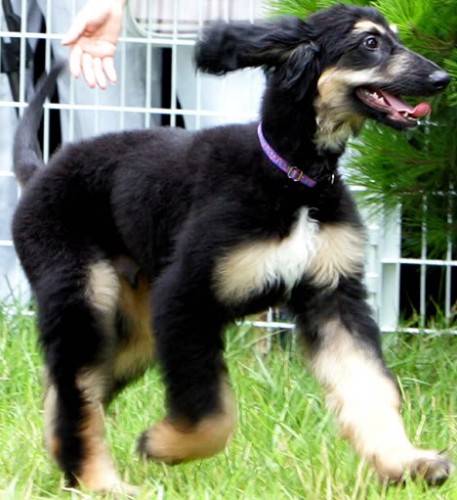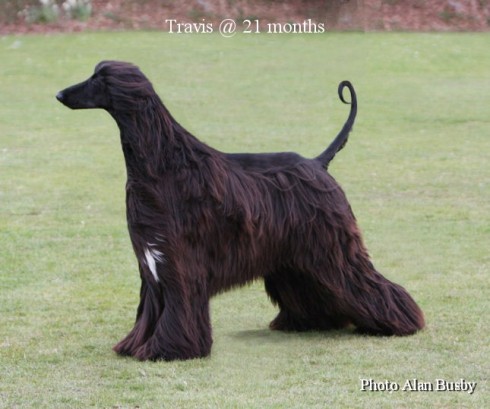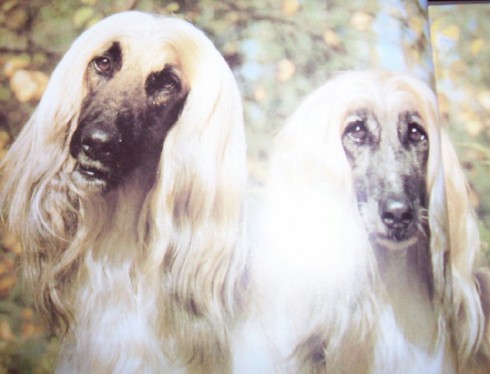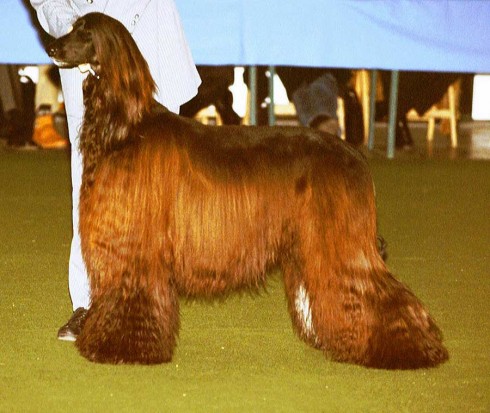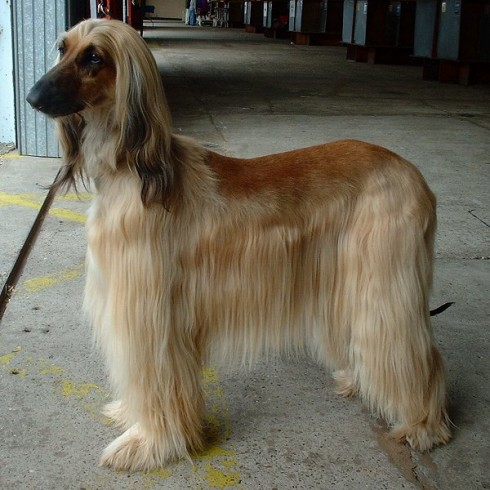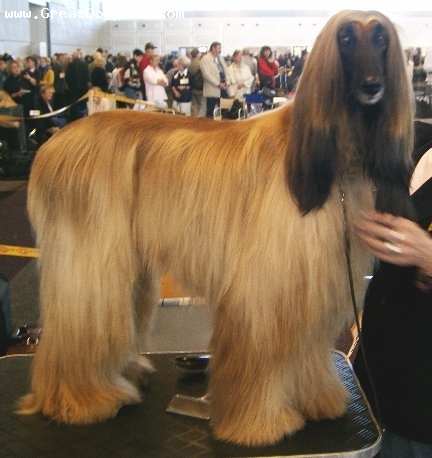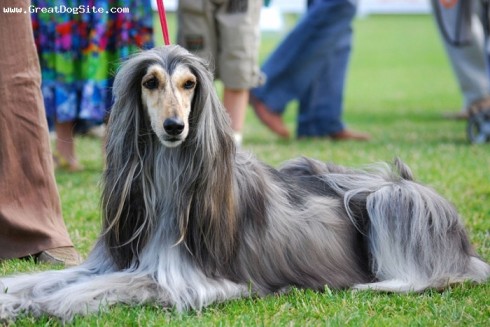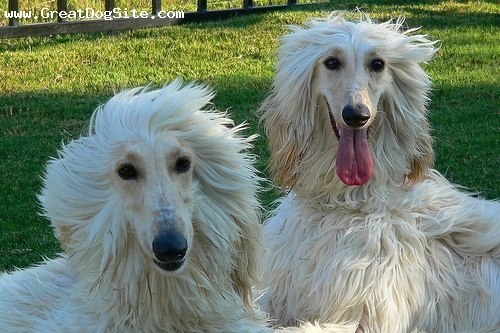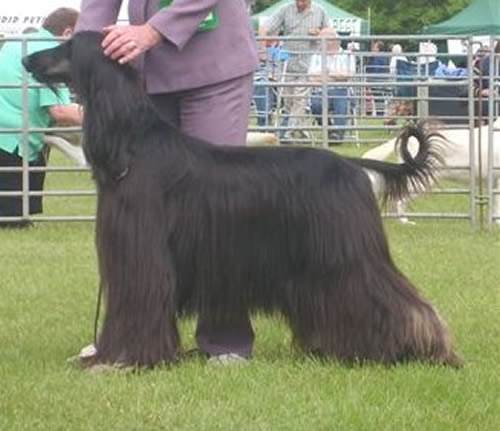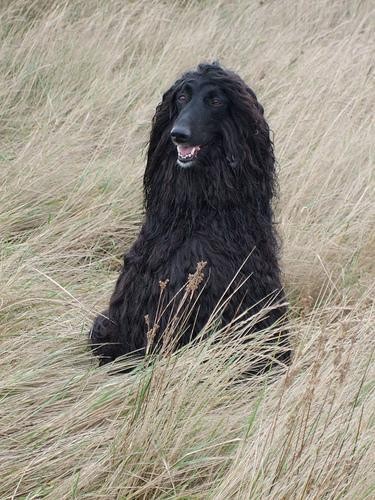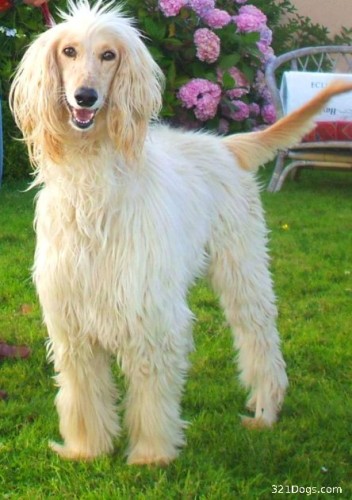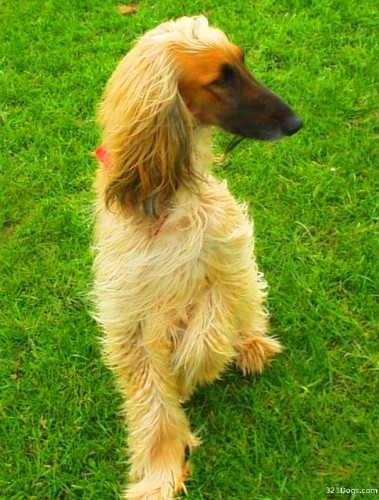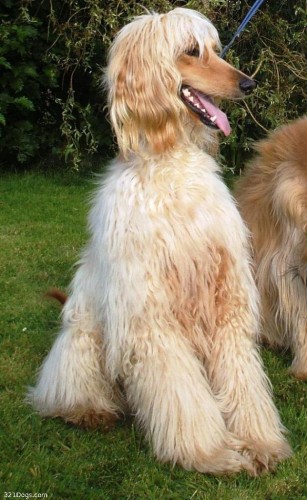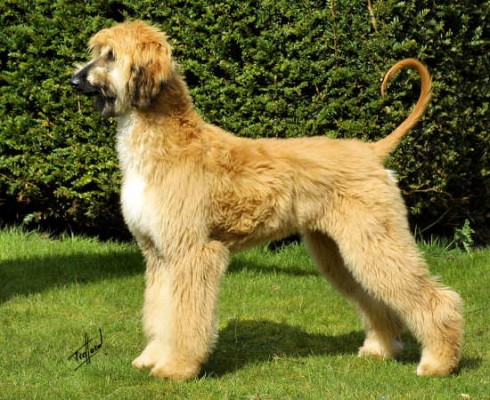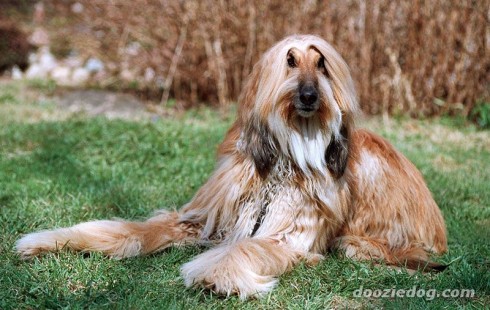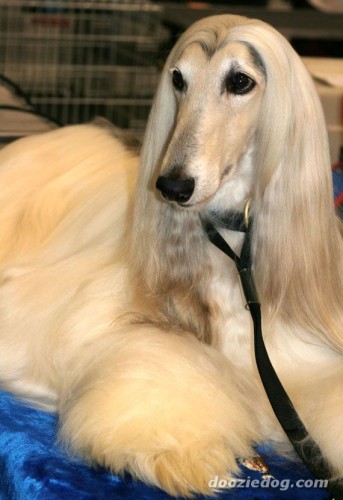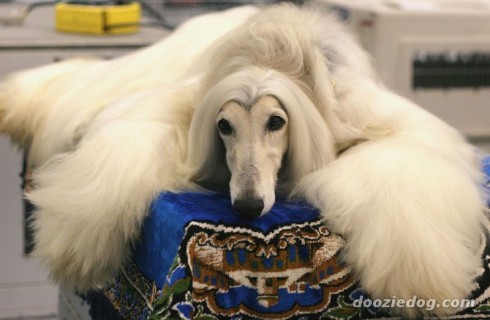Main Index
In Store
Our Web Store
Miniature Schnauzer Picture Gallery
Latest Dog Blogs
- What Are The Basic Commands To Train A Dog?
- PaySafe As The Most Popular Type Of Deposit
- Everything You Need To Know About Pet Sales
- Dogs Contribute To Our Physical And Mental Well Being
- How To Choose Where To Bet On Greyhounds In 2022
- Volunteer With Animals - How To Help Dogs Around The World
- Basic Understanding Of The House Edge
- Why You Should Get A Dog
- Top 20 Popular Dog Names Around The World
- Constipation in Dogs and How to Find Solutions
Afghan Hound
Afghan Hound Clubs/Associations
The Full Afghan Hound Description
The Afghan Hound is an aristocrat, his whole appearance one of dignity and aloofness with no trace of plainness or coarseness.
Did you know?
The Afghan Hound was discovered by the Western world in Afghanistan and surrounding regions during the 19th century. The current breed was developed in Afghanistan's mountainous countryside.
So you want to own an Afghan Hound?
The Afghan Hound is covered with a thick coat of long silky hair that requires hours of grooming each week to maintain its beautiful appearance.
The Afghan Hound needs room to run in a fenced area under supervision.
Afghans can be very destructive when bored. The Afghan's independent disposition may not understand your displeasure with his destructive behaviour.
They may appear aloof and particularly standoffish with strangers.
Indicative Breed Standard
General Appearance
Gives the impression of strength and dignity, combining speed and power.
Head held proudly.
Characteristics
Eastern or Oriental expression is typical of breed. The Afghan looks at and through one.
Temperament
Dignified and aloof, with a certain keen fierceness.
Head and Skull
Skull long, not too narrow, with prominent occiput.
Foreface long with punishing jaws and slight stop. Skull well balanced and mounted by a long ‘top-knot’. Nose preferably black, liver permissible in light-coloured dogs.
Eyes
Dark for preference, but golden colour not debarred. Nearly triangular, slanting slightly upwards from inner corner to outer corner.
Ears
Set low and well back, carried close to head. Covered with long silky hair.
Mouth
Jaws strong, with a perfect, regular and complete scissor bite, i.e. upper teeth closely overlapping lower teeth and set square to the jaws. Level bite tolerated.
Neck
Long, strong, with proud carriage of head.
Forequarters
Shoulders long and sloping, well set back, well muscled and strong without being loaded. Forelegs straight and well boned, straight with shoulder; elbows close to ribcage, turning neither in nor out.
Body
Back level, moderate length, well muscled, back falling slightly away to stern. Loin straight, broad and rather short. Hipbones rather prominent and wide apart. A fair spring of ribs and good depth of chest.
Hindquarters
Powerful, well bent and well turned stifles. Great length between hip and hock, with comparatively short distance between hock and foot. Dewclaws may be removed.
Feet
Forefeet strong and very large both in length and breadth, and covered with long, thick hair; toes arched. Pasterns long and springy, pads well down on ground. Hindfeet long, but not quite as broad as forefeet; covered with long thick hair.
Tail
Not too short. Set on low with ring at end. Raised when in action. Sparsely feathered.
Gait/Movement
Smooth and springy with a style of high order.
Coat
Long and very fine texture on ribs, fore and hindquarters and flanks. In mature dogs from shoulder backwards and along the saddle, hair short and close. Hair long from forehead backwards, with a distinct silky ‘top-knot’. On foreface hair short. Ears and legs well coated. Pasterns can be bare. Coat must develop naturally.
Colour
All colours acceptable.
Size
Ideal height: dogs: 68-74 cms (27-29 ins); bitches: 63-69 cms (25-27 ins).
About Our Article Directory
- Article
- 27 November 2010
- 2 comments
Ten Least Intelligent Breeds of Dog
- Article
- 20 November 2010
- 1 comment
Canis lupus familiaris
- Breed Article
- 29 May 2010
- No comments
Quick Search
Donate
Latest Dog Pods
- Tips on How to Stop Your Dog from Biting
- Beware - Not All Advertised Dog Rescues Really Are! How Can You Know The Truth?
- Helpful Tips For Dog Obedience Problems
- How to Keep Dogs From Eating Poop
- Dog Grooming Tips - A General Overview of the Very Basics of Dog Grooming
- Recognising Different Types of Dog Obedience Problems
- 5 Important Tips On Feeding A Puppy


